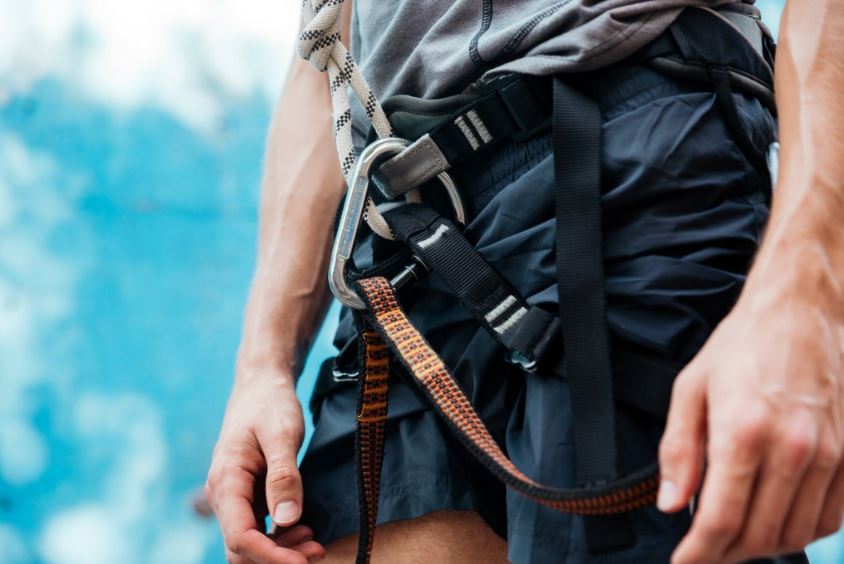I wish all saddles had rated leg straps and useful belts. I started out with a RCH and so far I never feel as comfortable in a saddle. I one-stick or SRT to climb and I have had two situations this year that went sideways. The first was in my Phantom while one-sticking. Going from sitting to standing as I worked my way up the tree caused the saddle to ride up. Plus I have no backside. I started to hang in the saddle while I moved my stick up and I started to feel myself sliding out the bottom of the saddle. The leg straps kept me from falling out but they also put a lot of pressure in small areas. And it is very unnerving at height in the dark.
This past weekend I set up about 10 feet up a tree, which for me is one move up with my stick from its original height. When it was time to come down I decided to just move my stick down and climb down on my stick/aider instead of pulling out my rappel setup. I sat in the saddle, lowered the step, and when I stood on it to lower my tether my Recon slid down to my knees (belt was loose). So there I was with slack in my tether and my saddle around my knees. Only one free hand as I was holding on to the tree and there wasn't enough tension in the tether to get the Ropeman to work. More panic.
I may have to try the RCH under the Recon just to see how it feels. I do miss the belay loop for climbing and rappeling.






